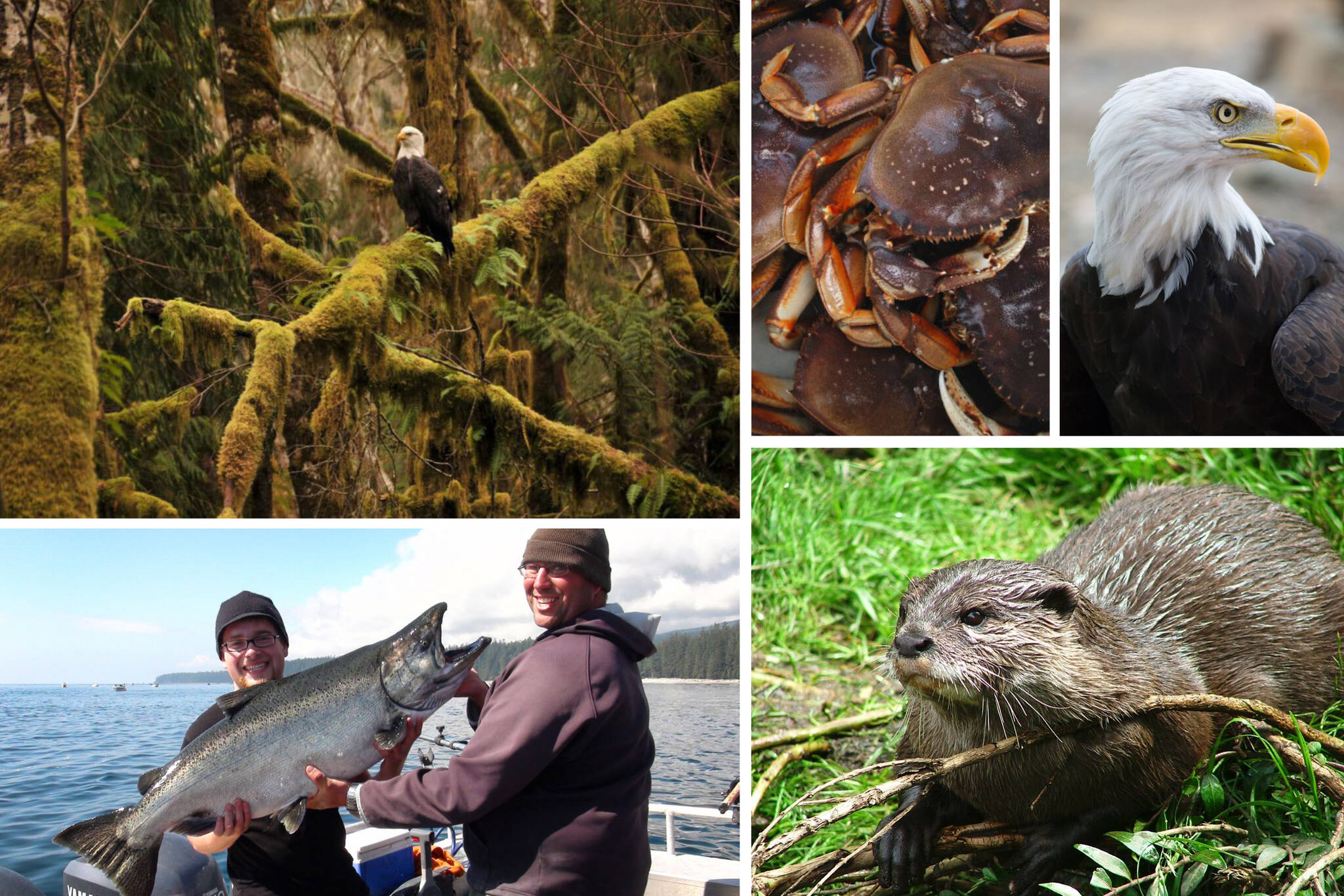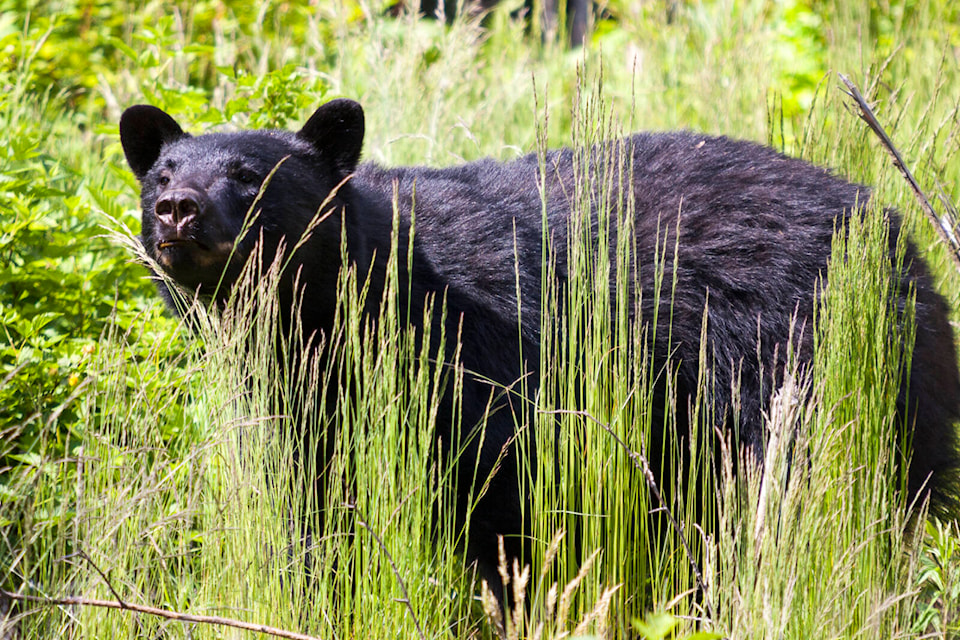The Sooke region is described as “Wild By Nature” for good reason.
Stretching along southern Vancouver Island from the town of Sooke to Port Renfrew in the north, this is where the rainforest meets the Pacific, and where wildlife on land, in the air, and below the sea are part of daily life.
It’s also why residents, organizations and businesses actively work to protect the habitat and the creatures that call this place their home.
Autumn, in particular, offers a chance to see this work up close. Around October, the wild Pacific salmon begin the final leg of their epic journey, returning to the place of their birth to spawn and begin the cycle again.
Salmon are key to the survival of numerous species – from the orca, seals and sea lions in the water, to black bears along the river bulking up before winter, and the majestic eagles that rely on them for nutrition before winter sets in. A variety of organizations here in Sooke and across the south coast are working to protect the species and increase salmon populations.
At the Sooke Salmon Enhancement Society’s Jack Brooks Hatchery, for example, volunteers run a Salmonid Enhancement Program Hatchery and work to restore habitat to boost salmon populations in local streams.
A river-front stroll can be a great way to see the fall salmon run in action, but to get a better understanding of what’s happening and why it’s so important, head to the Charters River Salmon Interpretive Centre, operated by the Juan de Fuca Salmon Restoration Society. The volunteer-run centre welcomes visitors throughout the fall season. You can call ahead for hours at
Beyond their importance to the local wildlife, salmon are also essential to local Indigenous peoples, including the T’Sou-ke First Nation.

The local whale and wildlife watching community and recreational anglers also understand the importance of a sustainable ecosystem, and many actively support the fish conservation programs throughout the region.
Of course, while celebrated, salmon aren’t the only fish in the sea around Sooke. Anglers also enjoy casting their line for halibut, ling cod and rockfish, in addition to the Dungeness crab – which are plentiful in the Sooke Harbour. Book a charter with a local guide who will be more than happy to share both the best fishing spots and their favourite tips for reeling in the big one!
On the freshwater side, the Sooke River – and Cowichan River to the north – are popular with fly fishers, or choose from an abundance of local lakes, some close to town, others at the end of the road in the beautiful Sooke Hills.
The waters off Sooke are also home to a variety of aquatic mammals. Whiffin Spit, a popular walking area just west of downtown offers great views of the Sooke Harbour to the east and the open Pacific to the west. Stroll to the end during the fall salmon run, and you’ll often see seals and sea lions gathering at the narrow channel, hoping to catch an easy meal.
Other species to be seen include white-sided dolphins, humpbacks, minke and gray whales, and of course, killer whales – frequent visitors to southern British Columbia waters and sometimes even into Sooke Harbour.
Many local whale and wildlife watching operators are ecotourism professionals certified by the Pacific Whale Watching Association for their shared commitment to education, conservation and responsible wildlife viewing. This includes maintaining a specific distance from wildlife, limiting the speed of travel when wildlife is nearby, and viewing from the side, to allow wildlife room to move. Many also contribute to salmon enhancement programs with groups like the Pacific Salmon Foundation.
On land, the Sooke to Port Renfrew region is also a wildlife county, and it’s essential to be “wildlife aware” in your travels, whether that’s strolling the Sooke River or enjoying backcountry hiking or mountain biking.
Black bears, cougars, and wolves all make their home in the surrounding landscape, with bears being frequent visitors. It’s essential – for wildlife and you – to give wildlife its space, to manage attractants like food and garbage when camping, and never feed wildlife. Always be alert, and to avoid interactions, try to hike in a group, make noise, talk or sing as you walk or ride, keep dogs on leash and carry bear spray. Learn more at wildwisesociety.org/recreation-safety
People love living in and visiting this region because it’s “wild by nature.” Enjoy – and help ensure it stays that way!
Learn more and plan your visit at sooke-portrenfrew.com
